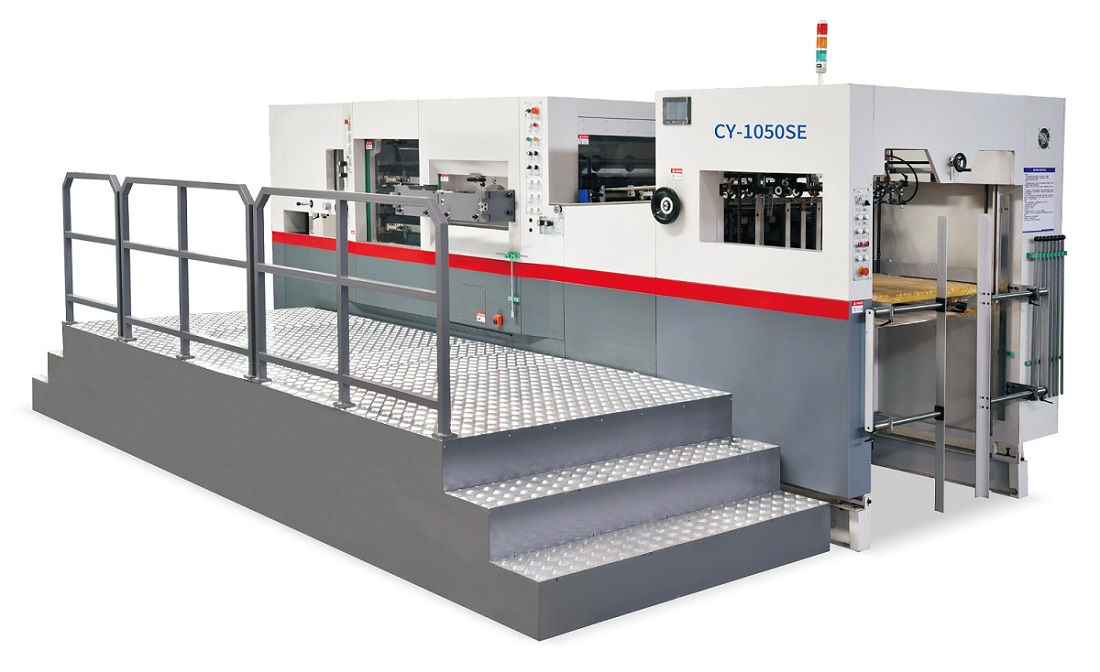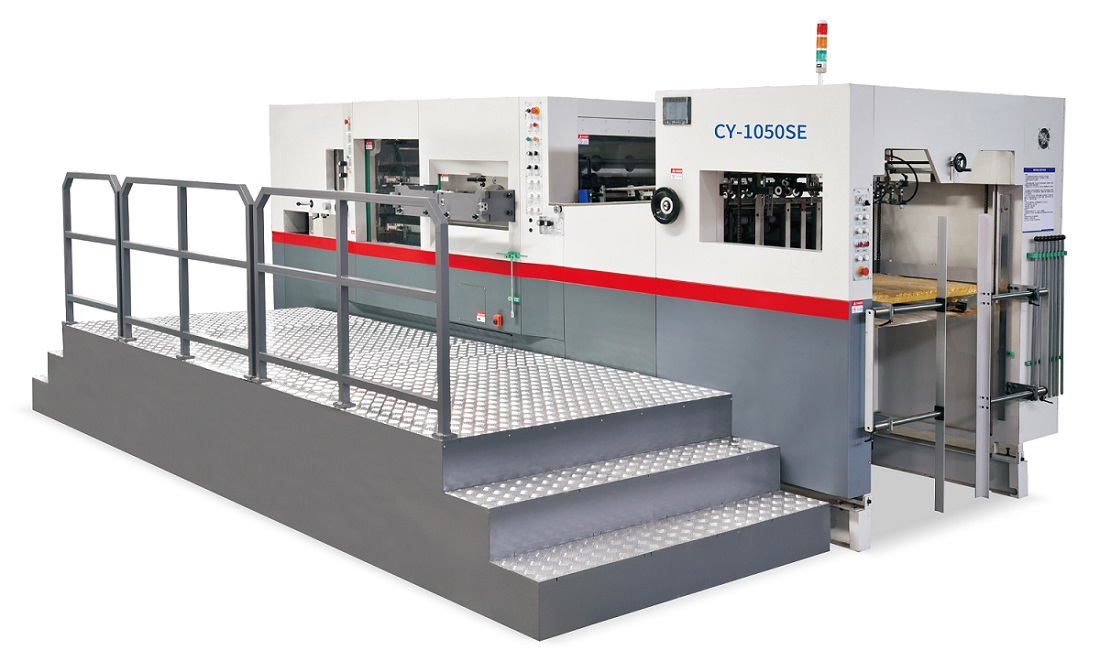Possible issues with Automatic cardboard cleaning and die cutting machine during paper feeding
2023-11-28 20:35:46
Possible issues with Automatic cardboard cleaning and die cutting machine during paper feeding


The paper supply of the Automatic cardboard cleaning and die cutting machine is mainly completed by the suction and feeding actions of Feida. The paper is transferred using the method of pressing the paper wheel on the paper feeding belt, and the following faults may occur during the paper feeding process. In order to further improve the operation process of the fully automatic cardboard cleaning and die cutting machine, promote new technologies of die cutting machines, and improve modern operating standards, some maintenance points and knowledge of the automatic cardboard cleaning and die cutting machine are summarized for learning.
During the operation of the Automatic cardboard cleaning and die cutting machine, the pressure plate is transmitted and pressed towards the platen, exerting pressure on the platen. The movement trajectory of the press plate can be divided into two types: one is that the pressure plate swings around a fixed hinge, so it can be divided into two types:
At the moment of molding, there is a certain inclination angle between the working surface of the pressing plate and the surface of the template, which causes the die-cutting plate to cut into the lower part of the cardboard earlier, which can easily cause excessive pressure on the lower part of the die-cutting plate and incomplete upper part
The phenomenon of complete penetration. In addition, the component of die-cutting pressure can also cause lateral displacement of the cardboard.
Due to the fact that Automatic cardboard cleaning and die cutting machine processing is the final process of the entire printing process, the paper is prone to deformation after several processes, especially after high-temperature and high-pressure polishing. The deformation of the paper after lamination is more severe, and at this time, Feida often cannot easily feed the paper. The surface of the coated product is too smooth, which can also cause certain difficulties in paper feeding. For the above two situations, experienced operators will prepare well before loading the paper, such as adding some wooden wedges or paper rolls to keep the paper flat during loading, and performing edge or tapping work in advance or reducing the speed of the die-cutting machine appropriately during loading to generally avoid this problem.

